Category: Amazing Plants
-
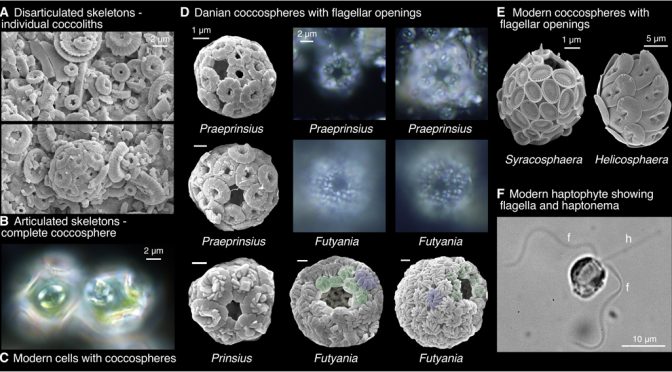
When That Asteroid Destroyed The Dinosaurs It Pushed Algae To Become Carnivorous Hunters
Our fossil evidence allows us to identify an innovative ecological strategy in the post-extinction plankton communities, and our model outputs provide a theoretical explanation for this unique natural experiment in ocean ecosystem reconstruction. (Click on title for full story.)
-
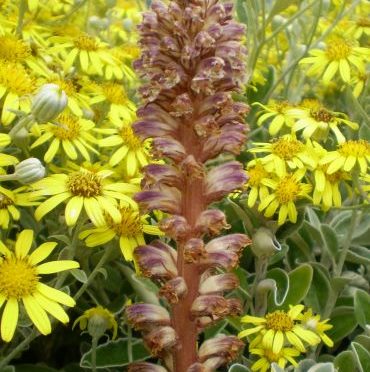
New Plant Species Discovered In Ikea Parking Lot (Really)
It goes to show that you don’t have to go to a remote tract of rainforest to discover new plant life – new species can be hiding in plain sight. Next time you do the shopping or refill the car, look carefully at the shrubbery and you may well spot a ‘vegetable vampire’ at your feet… (Click on title for full story.)
-
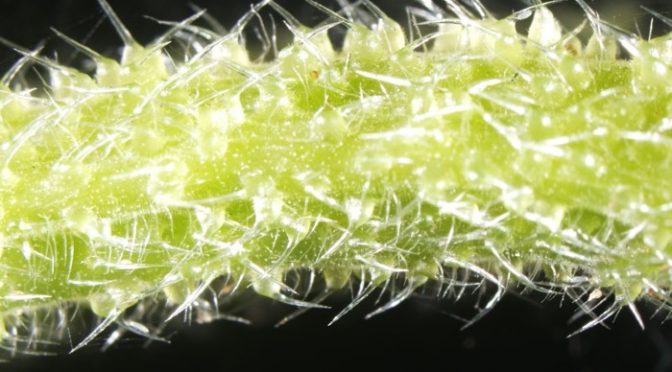
Australian Tree That Stings Like A Scorpion (Literally)
Our results provide an intriguing example of inter-kingdom convergent evolution of animal and plant venoms with shared modes of delivery, molecular structure, and pharmacology. (Click on title for full story.)
-
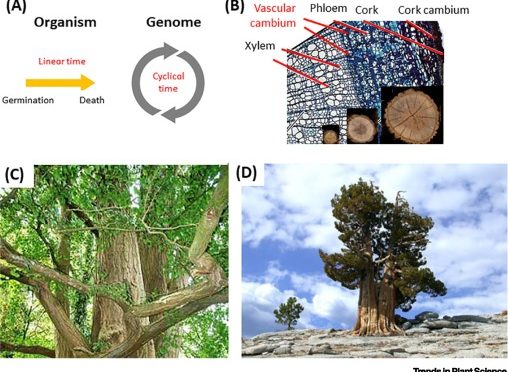
Are Millennial Trees Immortal?
Ageing, as part of life, can indeed be considered a sort of stress from which neither we, nor any organisms, can ultimately escape. (Click on title for full story.)
-
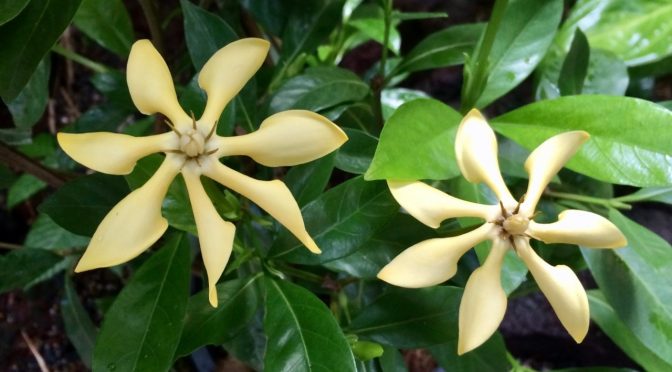
Plants Are Chemical Geniuses Creating New Chemicals To Meet New Challenges
It’s a known fact that the same chemical (for instance, caffeine, or crocin) can appear again and again in distant plant species,” One outstanding question was: How do the genes involved in the biosynthesis of such chemicals appear all at once in these different species? The work we published not only describes for the first time the complete pathway to crocin biosynthesis in any plant, but also shows that the pathway evolved in gardenias through the appearance of just one gene that acts early in the pathway, while the later ones were pre-existing, and were hitchhiked for making crocin. This is an elegant demonstration, at the biochemical level, of how nature reuses and adapts pre-existing mechanisms, rather than creating completely novel ones.” (Click on title for full story)
-
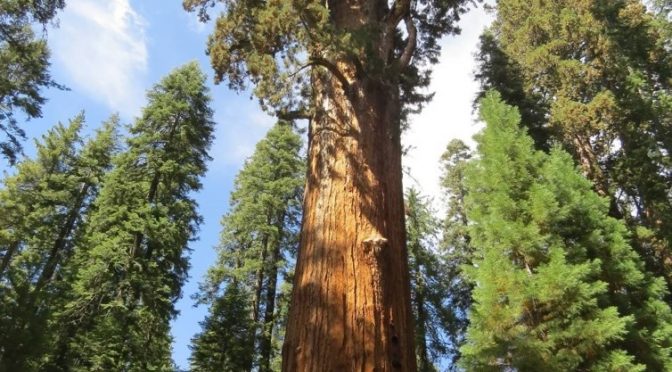
Giant Sequoia Bark Protects Trees And May Teach Engineers How To Design For Earthquakes
Due to this structure, the bark of the sequoia tree behaves like an open-pored foam similar to the foam used in the construction of cars and houses, for example. On the basis of their findings, the researchers are, among others, to develop with colleagues from the University of Stuttgart a new type of light weight concrete with bundles of hollow fibers, which could be used to insulate and to better protect buildings against earthquakes, for example. (Click on title for full story)
-
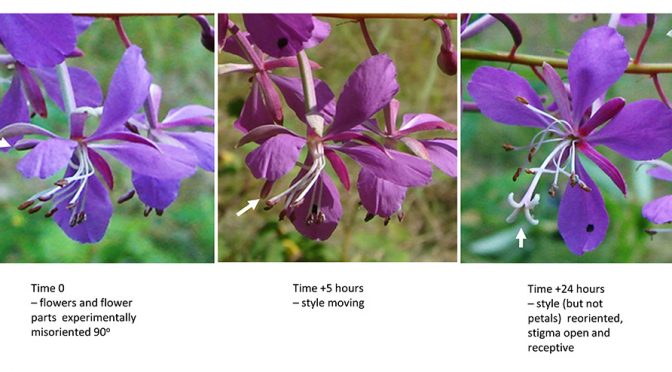
Love Will Find A Way: Damaged Plants Adjust Flowers So Pollinators Can Find Them
“Mechanical accidents happen to plants fairly often and can, in some cases, stop the plant from being able to attract pollinating insects and so, make seeds. Making seeds and propagating is a flower’s main purpose, so injuries which threaten that pose a huge problem.” The study found that bilaterally symmetrical flowers – those in which the left and right sides mirror each other, such as snapdragon, orchid, and sweet pea – can almost always restore their ‘correct’ orientation by moving individual flower stems or even moving the stalk that supports a cluster of flowers. (Click on title for full story.)
-
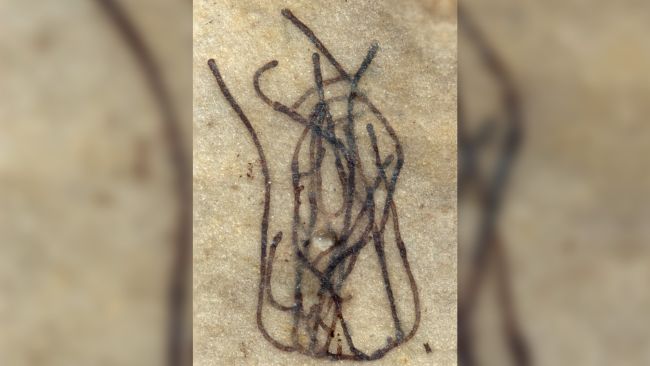
The Mother Of All Life On Earth… This Alga
Scientists have discovered the fossils of what may be the oldest green algae ever known. The newfound seaweed — called Proterocladus antiquus — lived about a billion years ago. And even though it was tiny, about 0.07 inches (2 millimeters) in length, the algae had a big role: It could produce oxygen through photosynthesis. (Click on title for full story.)
-
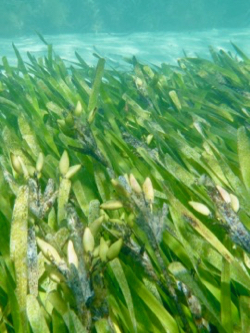
Unique Seagrass Seed Uses Current To Plant Itself
In sum, rather than helping to lift and disperse the seeds as with maples, the team’s research shows that evolution has engineered the Posidonia wing to push the seed against the seafloor, like the downforce generated by the wing on the rear of a race car. (Click on title for full story)
-
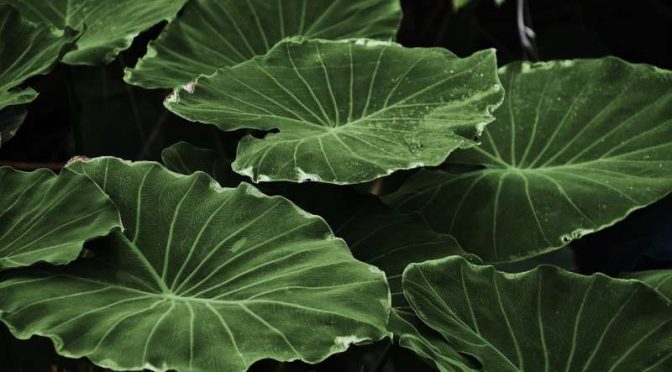
Plants Go To High Alert When Raindrops Fall
“As to why plants would need to panic when it rains, strange as it sounds, rain is actually the leading cause of disease spreading between plants. When a raindrop splashes across a leaf, tiny droplets of water ricochet in all directions. These droplets can contain bacteria, viruses, or fungal spores. A single droplet can spread these up to 10 metres to surrounding plants.” (Click on title for full story.)
